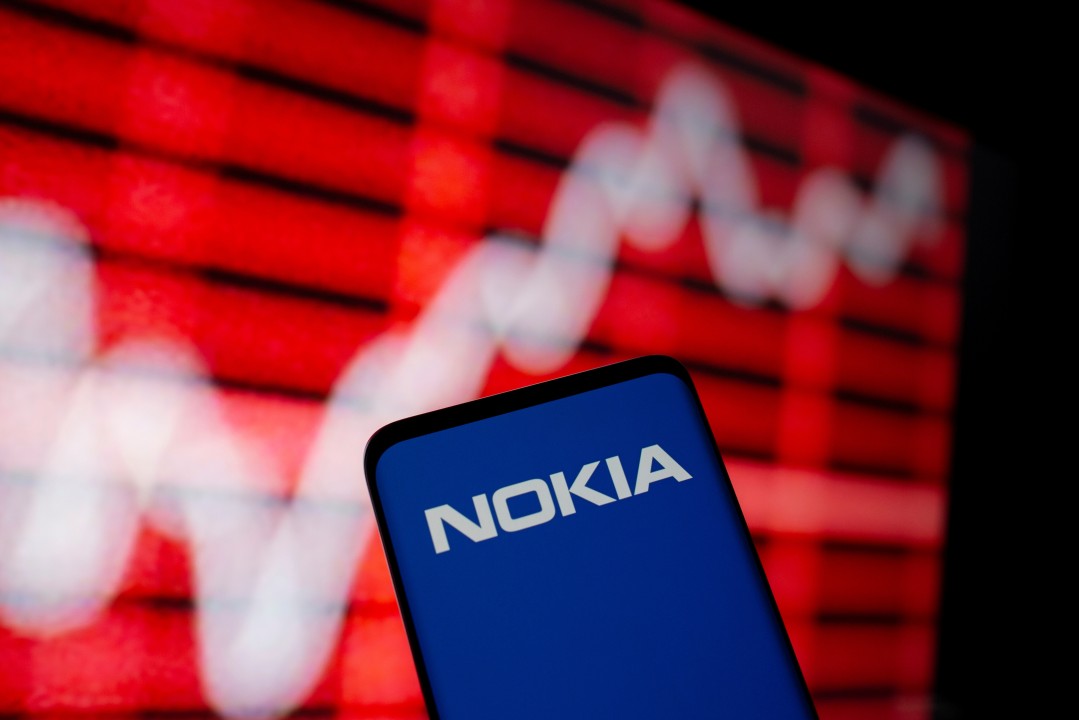
Business Lessons from the Rise and Fall of NOKIA
NOKIA, once a leading name in the mobile phone industry, its journey has been a rollercoaster of success and failure. Nokia was a leading player in the mobile phone industry from the late 1990s to the early 2000s. It was known for establishing trends, offering iconic designs, which eventually led to it gaining a substantial market share.
However, The company’s fortunes abruptly changed due to its inability to keep up with the industry’s rapid developments.
Here is a concise timeline of Nokia’s important moments:
• The operating income of Nokia increased from $1 billion in 1995 to approximately $4 billion by 1999.
• The Nokia 1100, its all-time highest-selling mobile phone, was developed in 2003.
Apple released the iPhone in 2007.
• By the end of 2007, Nokia smartphones accounted for 50% of all smartphones sold globally, while Apple’s iPhone held only a 5% market share.
• Nokia introduced the “iPhone killer” in 2010, however, it lagged behind the competition.

• Nokia’s premium smartphones continue to lose quality, leading to a fall in market value of roughly 90% in just six years.
• By 2011, Nokia’s downturn had accelerated; in 2013, Microsoft purchased Nokia.
THE SUCCESS PHASE
• Market Leadership and Diverse Portfolio: Throughout the 1990s and the beginning of the 2000s, Nokia was able to lead the mobile phone market by providing a wide range of devices that catered to various client categories. It gained a significant share of the market and develop brand recognition as a result of its extensive range of products.
• Focus on Hardware and Quality: Nokia's success was partly credited to the company's emphasis on creating dependable and long-lasting hardware. They placed a high value on design excellence, intuitive user interfaces, and long battery life, which helped them establish a reputation for reliable products and win over customers.
• Large Distribution Network: Nokia's international distribution network was a crucial success factor allowing its phones to be sold in many countries and accessible to various clients.

THE FAILURE PHASE
• Slow Response to the Smartphone Revolution: Nokia’s demise was a result of its failure to recognize the promise of smartphones and the transition to touch-screen technology. They missed out on opportunities to profit from the expanding smartphone market because of its initial resistance to adopting smartphones.
• Inadequate Operating System Strategy: Nokia made a serious error when it decided to continue using the outdated Symbian OS for smartphones. Nokia was disadvantaged because it lacked the features and app ecosystem of rivals like iOS and Android.
Nokia failed to innovate and provide engaging features and software applications for their cellphones, failing to keep pace with evolving demands from customers.
• Organizational challenges: Nokia’s bureaucratic organizational structure made it difficult for it to make quick decisions and move rapidly to embrace novel strategies. As a result, they struggled to react effectively to market advancements.
• Strategic Alliances and ecosystem Fragmentation: Nokia’s ecosystem became less cohesive as a result of its collaboration with Microsoft and the adoption of the Windows Phone OS, which diminished developer and customer interest in their smartphones.


LESSONS ACQUIRED FROM NOKIA’S CASE
The technology industry demands ongoing innovation and adaptability due to its rapid development. To remain relevant and competitive, businesses must be prepared to make uncertain choices and investigate emerging technologies.
In conclusion, market dominance, a broad spectrum of product options, and an emphasis on hardware quality were the critical factors in Nokia’s success. Its downfall, however, was caused by its failure to recognize the smartphone revolution, impoverished operating system strategy, lack of innovation, organizational challenges, and a fragmented ecosystem. The ultimate lessons drawn from Nokia's Rise and Decline are the significance of continuous development, staying ahead of market trends, and being adaptable to changes in customer preferences and technology.